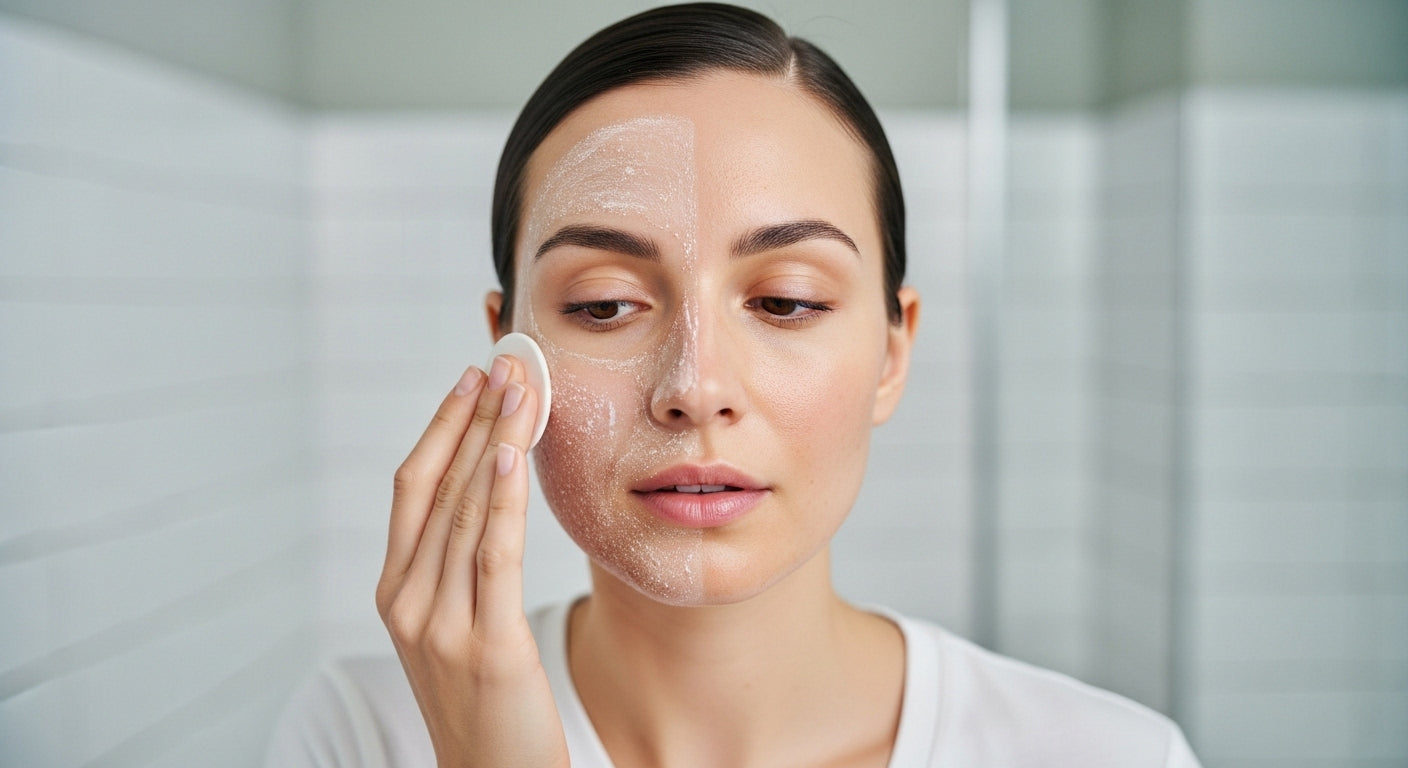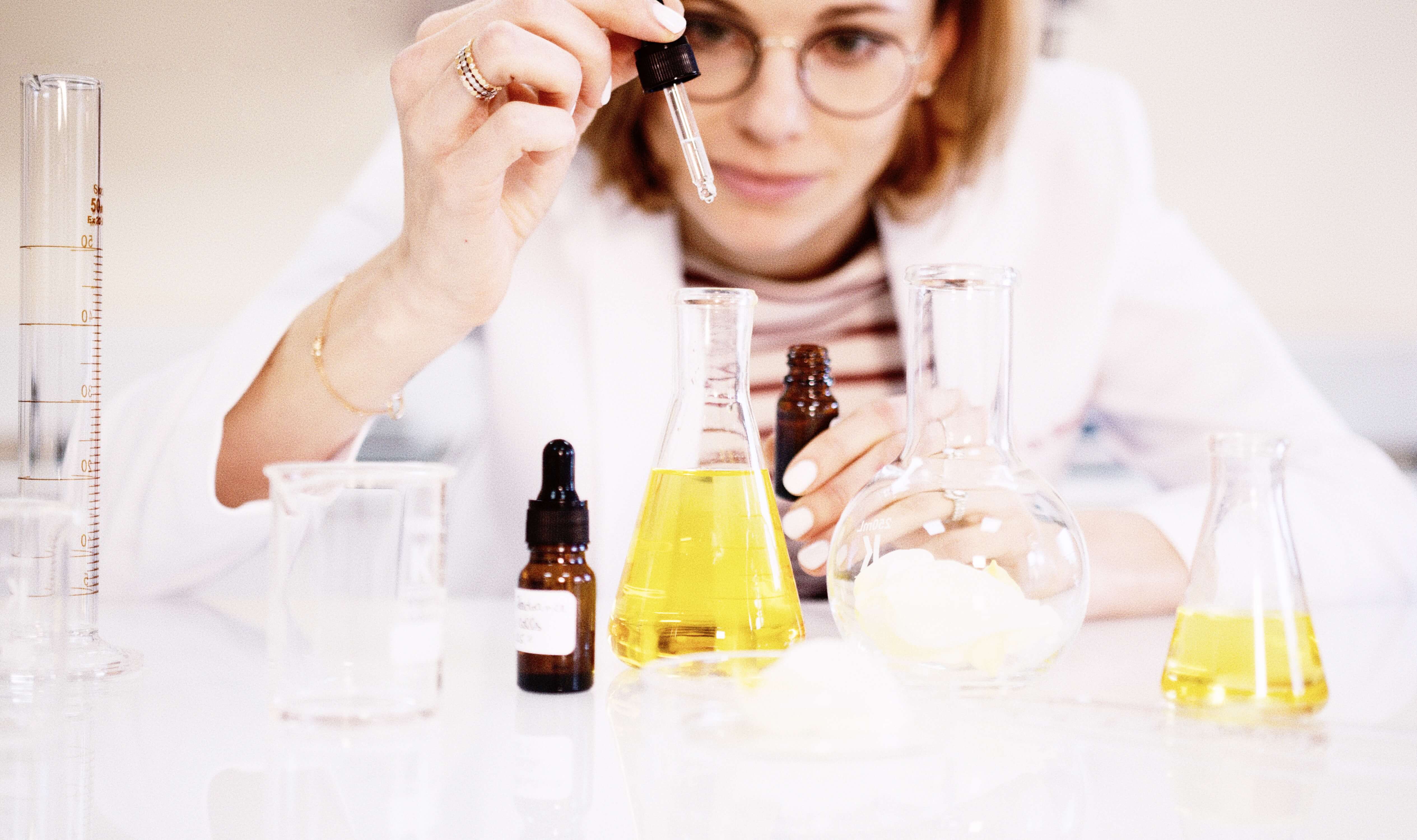A young influencer came to my clinic in Paris—very trendy, very passionate about ‘clean beauty.’ She brought a clean beauty bag full of products, all labeled ‘natural,’ ‘green,’ and ‘chemical-free.’ She said, ‘I avoid anything synthetic—especially preservatives like phenoxyethanol.’ I asked her, ‘Why phenoxyethanol?’ She said, ‘I read online that it’s toxic.’ I nodded slowly and said, ‘Let’s take a moment to separate fear from fact.’ Phenoxyethanol is a preservative in cosmetic products within the EU is authorized to have up to a 1% concentration to prevent harmful bacterial growth in skincare products.
The concept of "Clean Beauty" has gained momentum in recent years, radically changing consumers' expectations of the beauty and skincare industry. The term is used to describe cosmetics free from harmful or controversial ingredients, making them an easy choice for consumers looking for effective products without compromising their health for results.
Today, consumers demand information about products to ensure the ingredients are clean and the brands are aligned with their values. Transparency in ingredient sourcing and sustainability practices is essential for "Clean Beauty" brands to succeed. In many ways, Clean Beauty is synonymous with transparent marketing that focuses on highlighting quality ingredients.
The term “Clean Beauty” is entirely unregulated. Unfortunately, without regulation, anything can be called "clean"—whether proven unsafe or not-leading to controversies.
In the cosmetics sphere, phenoxyethanol is one of such controversial ingredients. Clean Beauty advocates have led to increased concerns about phenoxyethanol, mainly due to its synthetic nature.
What Is Clean Beauty?
Clean Beauty can be defined as cosmetics made without ingredients proven or suspected to harm health or the environment. Therefore, Clean Beauty focuses on using safe, effective, sustainable, ethically produced, and environmentally friendly ingredients.
In other words, these ingredients are free from an ever-evolving list of compounds with adverse health effects like hormone disruption to skin irritation and cancer, including paraben, phthalates, formaldehyde, synthetic fragrance, siloxane, sulfates, PEGs, BHA, BHT, petroleum derivatives, and phenoxyethanol.
Can Clean Beauty Include Synthetic Ingredients?
If proven safe, synthetic materials can be equally or more efficient than their natural counterparts. Therefore, Clean Beauty brands can and often will utilize nontoxic ingredients, often natural ingredients, along with synthetic materials. Some synthetic ingredients are ethically sourced and derived from renewable materials, plants, and minerals using green chemistry to ensure safety and sustainability.
What is Phenoxyethanol?
Phenoxyethanol is a common broad-spectrum preservative that helps extend the shelf life of skincare and cosmetics by preventing bacteria, fungi and mold growth. Preservatives, like phenoxyethanol, are often added for consumer safety. By preventing the growth of harmful microorganisms, such as bacteria, yeast, and molds, preservatives can stop the risk of product contamination that causes skin infections, irritations, or other adverse reactions.
However, in recent years, phenoxyethanol in skincare has become more controversial because of ongoing debates between scientists and clean beauty advocates.
Clean Beauty Brand Perspective
Most Clean Beauty brands tend to exclude phenoxyethanol from their formulations. However, some brands use phenoxyethanol as a preservative as it is a globally approved broad-spectrum preservative. Some take different approaches, like preservative-free, to avoid controversy.
Bonjout Beauty's Le Balm Skin Savior Solid Serum does not contain phenoxyethanol.
Our Le Balm product is formulated with safe, effective, ethically produced and environmentally friendly ingredients adhering to the core values of Clean Beauty such as prickly pear, sunflower seed and candelilla wax. Our formula has 99.2% of naturally derived ingredients, including lipids to mimic skin structure penetrating the barrier to the deeper epidermis. Our product does not contain water, therefore adding preservatives is not required to lengthen shelf life.
The Regulatory Landscape
All the regulatory bodies, including the Cosmetic Ingredient Review (CIR) Panel/Food & Drug Administration (FDA) and the European Commission Scientific Committee on Consumer Safety (SCCS), concluded that phenoxyethanol is generally considered safe for use in a concentration of less than 1%. These bodies review ingredients, inspect manufacturing facilities to strengthen the safety of cosmetic products, and streamline the framework for all operators in the sector.
Clean Beauty & You
Below is some insight to help identify and evaluate Clean Beauty products:
- Read the ingredient list on the label: Ensure the product is free from harmful chemicals such as parabens, phthalates, sulfates and synthetic fragrances.
- Use online tools to educate yourself: Use online tools such as Think Dirty, EWG's Skin Deep and the GoodGuide to learn about the potentially toxic ingredients.
- Third-party certifications: Look for certification from reputable organizations such as EWG VERIFIED™, MADE SAFE, USDA Certified Bio-based Product, and COSMOS.
Turn & Learn
A label can tell what the product is intended to do, what ingredients are involved to deliver result and how to use it most effectively. For this reason, knowing ingredients and product claims by reading labels will greatly help select the effective treatment.
Cosmetics and skincare choices can be a form of personal expression that reflects individual preferences—research brands to ensure that their ethos matches your values and preferences.
Clean Beauty is often made with safe, effective, sustainable, ethically produced and environmentally friendly ingredients, highlighting transparency and safety. The concept has set itself the goal of changing how people care for their skin and hair, however, as there are no definitive regulations on using the term "clean," some ingredients have mixed views.
Phenoxyethanol is one questionable ingredient as a preservative. Different brands have different approaches to facing the phenoxyethanol controversy. Brands like Bonjout Beauty use a preservative-free alternative way to lengthen shelf life while strictly following the core values of Clean Beauty principles.
📚 Continue Reading

You Won’t Believe These 5 DIY French Beauty Hacks Hiding in Your Pantry
This blog post reveals five simple, inexpensive French beauty hacks using common pantry ingredients.

Ask a French Dermatologist: Is It More Effective To Exfoliate On Dry Or Wet Skin?
A French dermatologist recommends exfoliating on damp skin to minimize irritation and maximize product effectiveness, as opposed to dry or wet skin.

The French Diet Skin Care Connection: Foods That Enhance Your Complexion
French skincare prioritizes minimalist, elegant formulations focusing on efficacy and addressing specific concerns, while Korean skincare emphasizes multi-step routines and preventative care for overall skin health.

